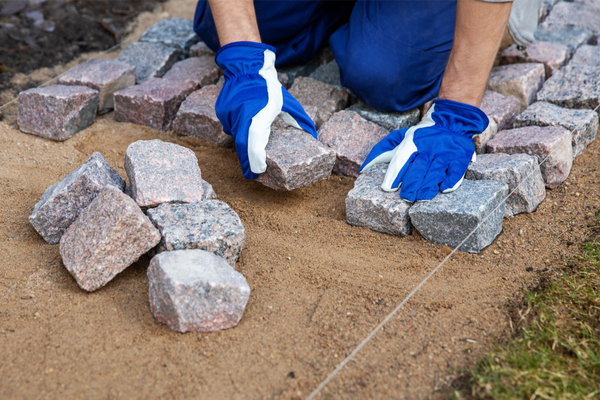While you may love the idea of updating your patio to embrace your outdoor living space, it’s clear that the backyard needs a bit more work than outdoor furniture can fix.
Spending on home improvement has increased by as much as 17% in the last year, according to the 2019 HomeAdvisor State of Home Spending report. Costs are generally rising for both labor and materials, but if your budget doesn’t allow for spending even more on home improvement, you may want to look at which do-it-yourself projects fit with your skill set and schedule.
“In terms of the overall cost of anything, the labor is still overwhelmingly the most expensive part,” says Mischa Fisher, chief economist for ANGI Homeservices, a digital marketplace for homeowners to connect with home service professionals, of which HomeAdvisor is a subsidiary.
An outdoor DIY project may seem easier than trying to remodel a room inside, but don’t forget that you should always use materials that won’t deteriorate when they’re exposed to the elements. While a DIY project may save you from having to pay for professional labor, renovating your backyard is not the time to scrimp on the right wood, hardware or plastics.
“Don’t look at DIY as something that’s going to be a minimal project with minimal materials cost,” says Chip Wade, a master carpenter best known for his roles on HGTV shows like “Ellen’s Design Challenge” and “Curb Appeal: The Block,” and a consultant for Liberty Mutual Insurance.
Even when cutting out labor costs, completing home improvement projects is becoming more expensive. Especially if you’re hoping to renovate your backyard in a way that will increase its appeal to future buyers, expect to spend more than you may have planned.
Here is one DIY project that can revamp your backyard – Installing your own Stone Pavers or Walkways.
Break up large portions of grass and connect different seating areas by creating a pathway. Especially in the backyard, there’s no need to pour concrete and build a permanent walkway when paving stones and bricks do the job with far less effort and cost.
But there is some work involved. To properly secure paving stones, some digging is required so each stone is partially beneath the surface, and you may even need to add a base layer of sand to help even out the surface. If you have an irrigation system in your yard, be careful not to puncture any hose lines, and you’ll want to call 811, the universal phone number for homeowners to request buried utility lines, if you plan to dig more than a couple inches beneath the surface.
How much will it cost? Your bottom line depends on the size, style and material of paving stone you prefer, as well as how big the walkway is. Prices range from $1.58 per stone to more than $15 per stone. Sand is fairly cheap, costing less than $3.50 for a 50-pound bag at Lowe’s.
—
Photo Credit: ronstik / Shutterstock.com
